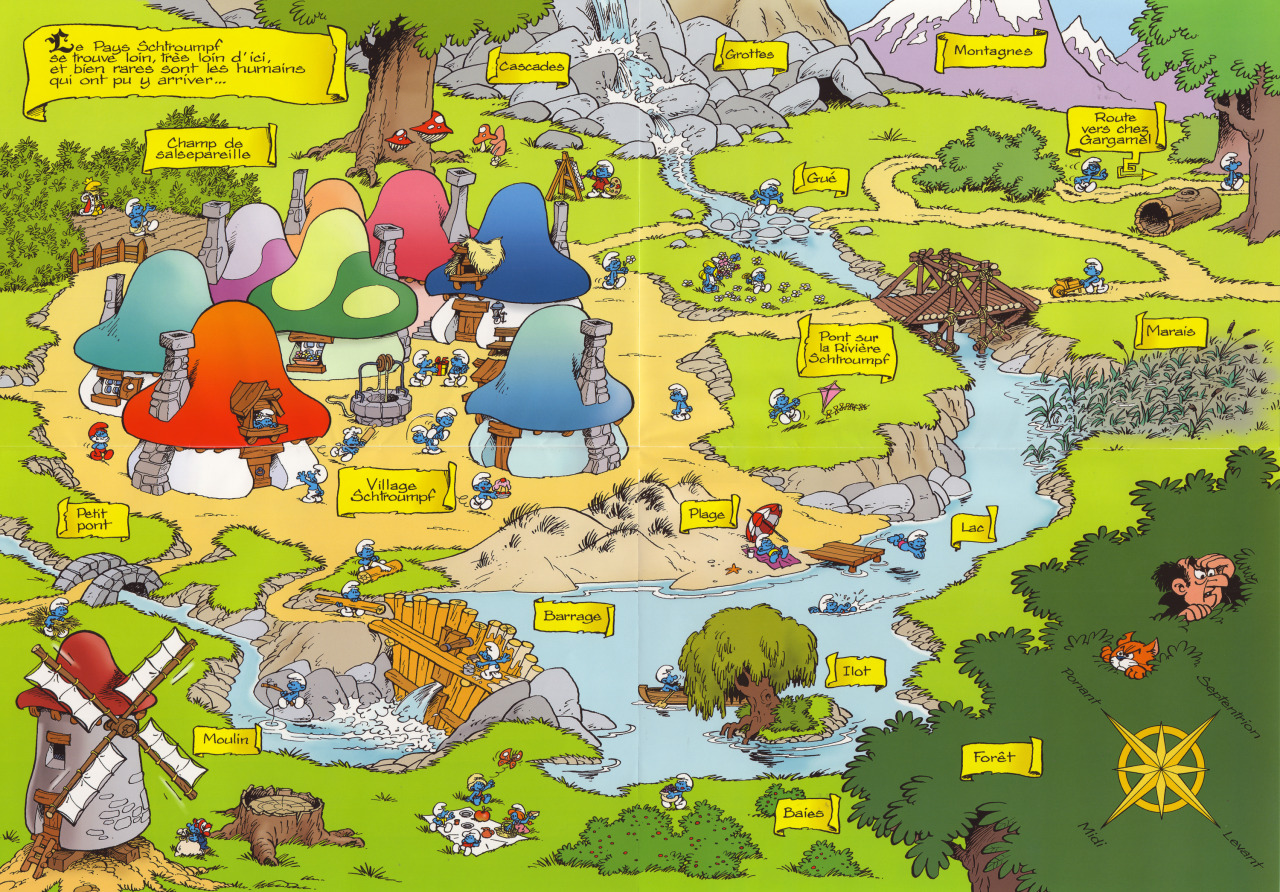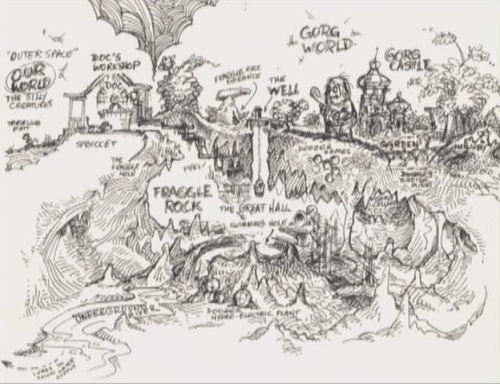DC Special Series #21 (Spring 1980). Cover by Jose Luis-Garcia Lopez
Synopsis: The next tale begins in a "realm we only visit in our darkest nightmares." A weird world, particularly on Christmas--the world of DC's horror anthology hosts, brought to us by Bob Rozakis with Romeo Tanghal and Dan Adkins on art.
The horror hosts are gathered for in the House of Secrets, waiting for Santa Claus to arrive and they (surprise) get into an argument about how can tell the best Christmas story: The Witches Three (from The Witching Hour) tell a story of a family saved from a shipwreck in the fog by the light of a star. Cain, caretaker of the House of Mystery, spins the next yarn where a greedy pawnbroker makes a deal with a mysterious stranger for all the goods in his shop for a diamond. The diamond turns into a lump of coal and the stranger is revealed to be Santa Claus. Finally, Destiny steps up to tell a shaggy dog story about a rocket pilot chasing a strange star in the future, only to break the time barrier as his own ship burns up...
Next we go to December 1941 to see if maybe Christmas is easy in Easy Company for Sgt. Rock and his boys. Turns out "no," as revealed in "The Longest Night" by Robert Kanigher with art by Dick Ayers and Romeo Tanghal. Easy is on its way to the Italian town of Santa Maria. When their compass is destroyed by a German, they have to rely on an unusually bright star to guide them. They meet a group of pilgrims with candles led by a nun on the way of to the Shrine of Saint Maria. Rock realizes:
They meet a kid who is living in the bombed out city who doesn't believe in miracles. Long story short, by the end of the story the kid does. Though it takes Easy Company killing a number of Germans and Rock blowing out the shrine's statute of Santa Maria first.
Finally, we head to 2979, where Superboy learns the meaning of the season from the Legion of Super-Heroes in a tale written by Paul Levitz with art by Jose Luis-Garcia Lopez and Dick Giordano. It's Christmas Eve and the Legionnaires are cheerful and celebratory, but Superboy just can't get into it.
Even after being shown various celebrations, Superboy still isn't satisfied, so the Legion heads out in space to find the Christmas star to mollify him. As you would expect by now, a phantom star leads them to a planet where aliens are in dire need of rescue. After do-gooding, they still have time for a little cheer:




























-(Digital-Empire)-013.jpg)




























